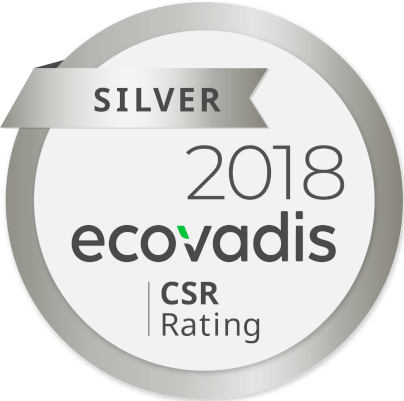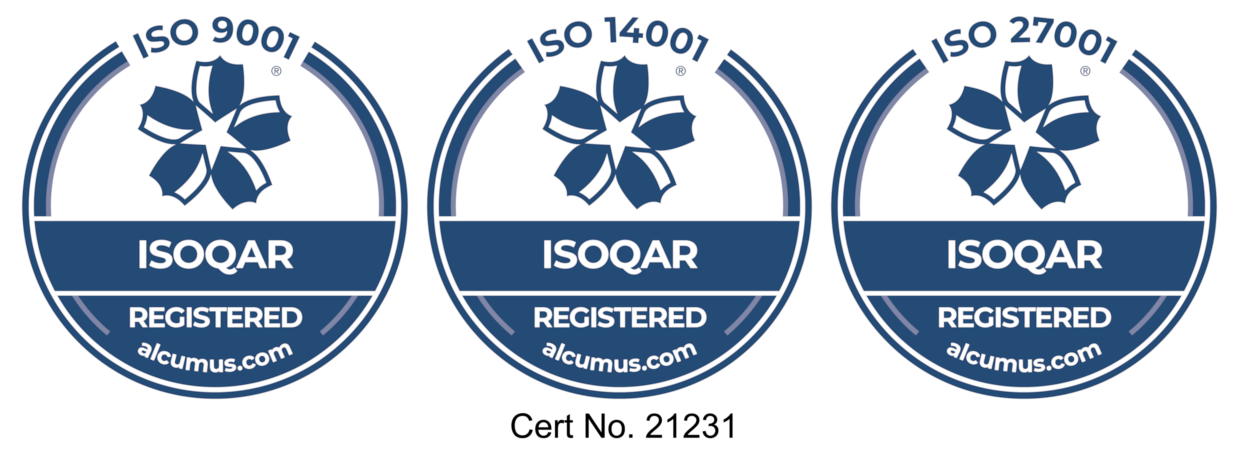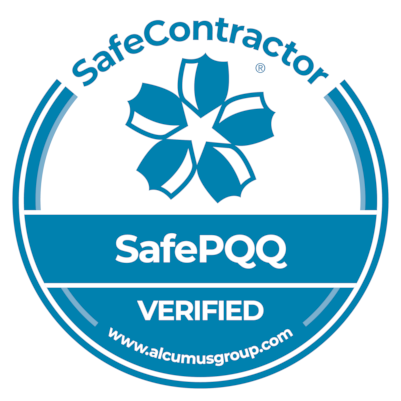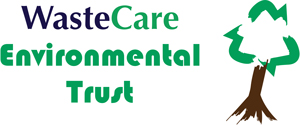In a communication to WEEE producer compliance schemes, the Environment Agency has published a quick guide to the storage and treatment of small mixed WEEE.
The document covers the main storage and treatment requirements for small mixed WEEE (SMW) using best Available Treatment and Recycling Techniques (BATRRT). It is an internal document used as a guide to help Agency officers perform inspections and ensure that operators of facilities have a clear understanding of what is required of them.
There are concerns raised over the inclusion of hazardous materials with WEEE and how product should be consigned due to the way that SMW is collected from designated collection facilities (DCFs). Where there is uncertainty that the SMW has not been sorted at the collection point the whole mixed load will need to be co-consigned as containing both hazardous and non-hazardous components. Any loads therefore will need to be consigned as hazardous. To reduce costs a charging derogation is available for consignee returns of SMW from household collection points.
During the treatment process any hazardous components will need correct identification and removal, this is a process currently adopted by many of WasteCare’s processors.
Collection sites will need to be vigilant to ensure that no non WEEE wastes are deposited, stored WEEE should not be crushed or compacted prior to treatment.
To maximise transport efficiency, limited ‘light squashing’ of SMW is allowed within the collection container, as long as appropriate measures are taken to ensure that the process does not hinder the treatment of SMW, there will be no reuse proposed on the specific items or components, it doesn’t disperse or cause escape of potentially mobile contaminants present or increase the fire risk.
There is still some ambiguity within the guidance specifically around compaction for transportation from DCFs on to processing facilities, we believe that without the lack of clarity there is no way that there will be a level playing field across the UK, and therefore some locations will have significantly higher costs with respect to collection and treatment, dependant on the individual EA officers interpretation of what ‘light squashing’ is.





